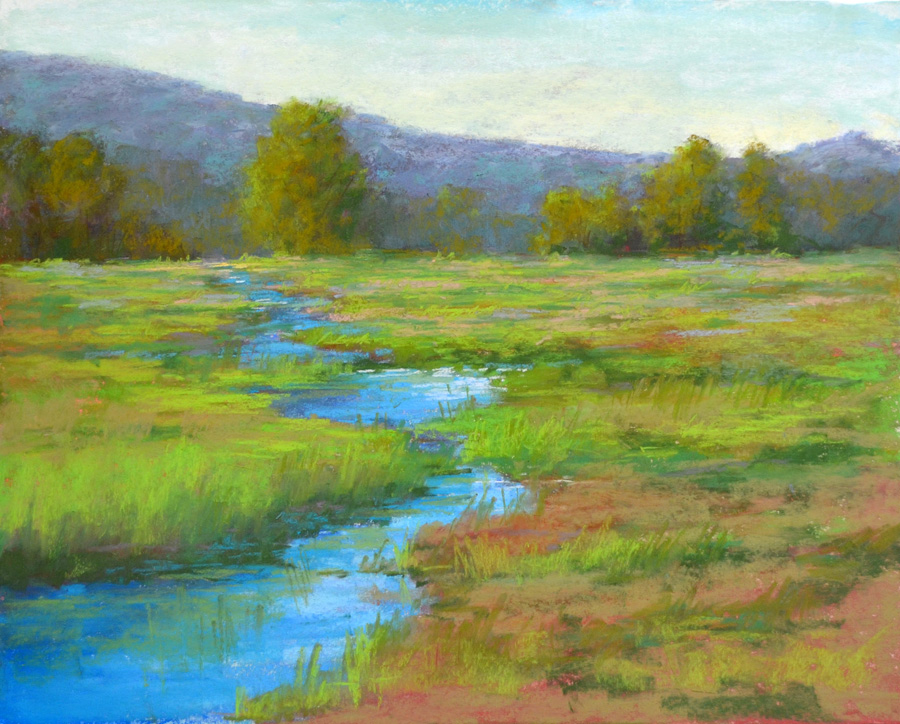Tuesday, December 15, 2009
"A morning Scherzo , Slowing to Adagio"
When I was looking through NY times, there were lots of news, but this was interesting to me. A morning Scherzo, Slowing to Adagio! If a reader doesn’t know the musical term, it would not make the one become interested. I like this title, Francisco j. Nunez, the founder and artistic director of the Young People’s Chorus of New York City, a youth chair, starts his busy morning like scherzo, but as the time is going to dinner or later, his life tempo is getting slower like Adagio. Really quick lunch should be prepared, and those kinds of arranging finally make his dinner nicer. I think we could also apply this to our life, not just for daily life.. Time has been flying, and the end of semester is coming up. How was the beginning of this semester, and this almost finished end of this semester is really comfortable Adagio? How fast it is?
Monday, December 7, 2009
BSO 12/5/09
I enjoyed each piece on the program, but did see something after the concerto that I had never seen before. Frank Peter Zimmerman was the violin soloist. His intense and beautiful performance created quite the ovation from the audience. The applause seemed to be non-stop, but then Zimmerman came out to play an encore. I expected to hear a fast, flashy piece that would excite the audience even more. Every encore I had heard up to this point was like that. However, Zimmerman took a different route and performed a slow movement from one of the Unaccompanied Suites by JS Bach. It created quite an aura in the hall. At the end of the encore, the audience was just as excited as when they heard the fast paced end of the 3rd movement of the Martinu. How interesting and intriguing I found this to be. Has anyone else been to a concert where the encore is a slow, beautiful piece?
Tuesday, December 1, 2009
violist's heritage through music
In this past Sunday’s Boston Globe Arts Section, I enjoyed reading a fascinating article. The title of the article, “An emotional link to a nation’s past: Armenian composer’s powerful music brings trio of collaborators together,” says a lot in itself on the content of the article. In my new identity as a violist and violinist, I am always on the lookout for articles about either instrument, but finding one about viola is still more rare than those on violin. Also, the topic of music linked to one’s heritage also tends to grab my interest, and this article certainly fulfills this need.
"Debussy's Homage, With the blanks Filled In"
When I looked through news, there was news about Claude Debussy, one of the fascinating musicians to me, and I was curious of what happened to him. It was about unfinished works.
Sometimes, unfortunately, there is no chance to listen to these kinds of great music to us because before finishing the last one, some composers pass away. I also imagine what is the end? How they could make progress on the music. Some people said the unfinished works should be left alone, but some people want to listen even though extra some touching is needed. The writer, Anthony Tommasini, was at one of those kinds of concerts. He said some details and his feelings from it. For me, the works that are made up by other musicians still made me feel some frustration sometimes because it is not original version, but at the same time, I appreciate I don’t have to miss that. When I remind that most of art such as paintings or architecture have reworked, it could happen.
